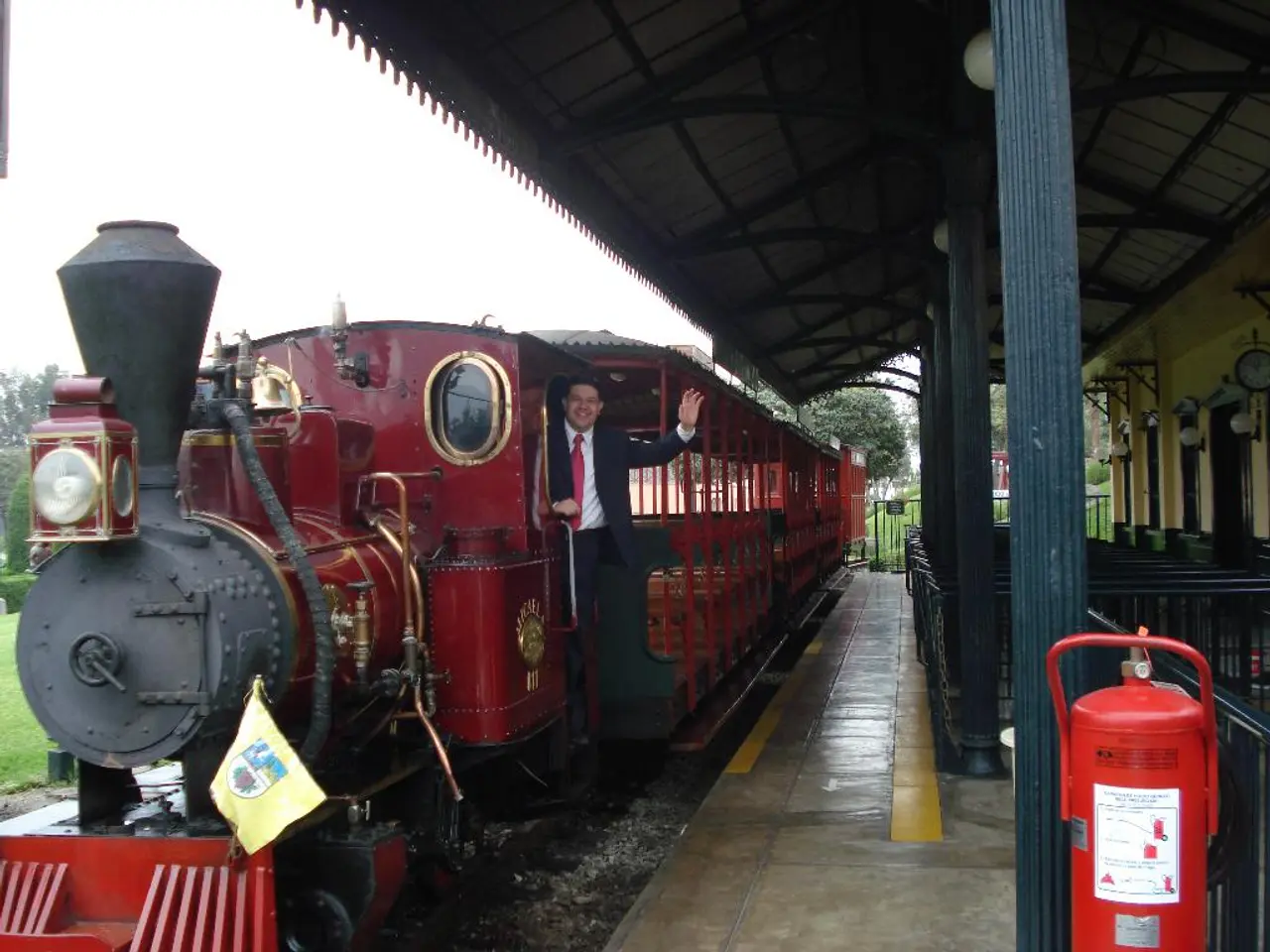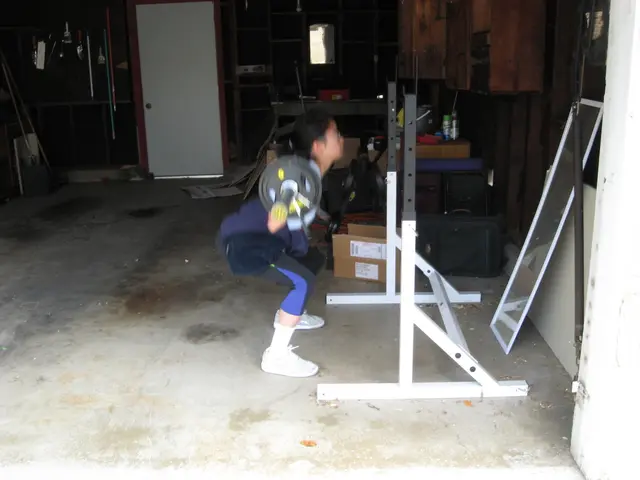Prison predicament: Strategies for reducing suicide in correctional facilities
In Baden-Württemberg, a total of 89 suicides have been recorded among inmates over the past ten years. The fewest suicides, five each, were reported in 2018 and 2020.
The majority of these suicides occurred in solitary confinement at night. Tragically, most of the victims were men, aged between 17 and 79. Inmates under investigation, inmates at the beginning of their sentence, young and elderly inmates, inmates in solitary confinement, inmates convicted of sexual or violent offenses, inmates with mental illnesses, inmates with substance abuse disorders, inmates with a history of suicide attempts, and inmates sentenced to long prison terms are at a higher risk of suicide.
To combat this issue, Baden-Württemberg prisons have implemented several measures. Upon a prisoner's arrival, they undergo a screening procedure involving a questionnaire and immediate conversation. This process helps identify indications of suicidal thoughts, helplessness, and lack of perspective.
Routine screening for suicide risk factors such as mental illness, history of self-harm, or acute stress is also part of the standard procedure. Ongoing psychiatric and psychological support is provided to those deemed at risk.
The use of suicide-resistant cells or materials, staff training to recognize warning signs, and the implementation of crisis intervention protocols are also common practices. Close monitoring and classification of inmates deemed high risk are crucial elements of the strategy.
Communal accommodation of prisoners is used as a possible measure to counteract suicidal tendencies. In some cases, a vulnerable inmate in a communal setting can be accompanied by an experienced inmate. This person is chosen with their consent, trained, and monitored during their activity.
In cases where communal accommodation is not possible for security or other reasons, suicidal prisoners are often accommodated in cells with surveillance cameras. A criminologically accompanied screening procedure was introduced at the end of 2022 to identify inmates at risk of suicide as early as possible.
The new prison in Rottweil will include two suicide prevention rooms and two double cells as so-called Listener cells, as well as five more double cells as so-called Tandem cells. These rooms are designed to create a positive atmosphere for treatment through spatial design and to utilise the effect of the environment on the inmate's mental state.
Prison officers have a duty of care and a duty to protect the prisoners entrusted to them, and they should actively prevent suicides. If prison officers do not take any action to prevent a suicide despite knowing about a prisoner's suicidal intentions, they may have to face criminal charges.
It's important to note that statistics on prison suicides in Baden-Württemberg or any specific German state are typically compiled and published by the respective state Ministry of Justice or correctional services. For exact numbers and detailed policies, consulting official Baden-Württemberg justice ministry reports or parliamentary inquiries would be necessary.
Management and staff in Baden-Württemberg prisons are actively working to improve mental health among inmates, as a significant number of suicides have been recorded over the past ten years. Implemented measures include routine mental health screenings, ongoing psychiatric and psychological support, staff training to recognize warning signs, and the use of suicide-resistant cells or materials. Additionally, science and health-and-wellness initiatives are being integrated into prison systems, such as the creation of specialized suicide prevention rooms and the introduction of communal accommodation for at-risk inmates.




